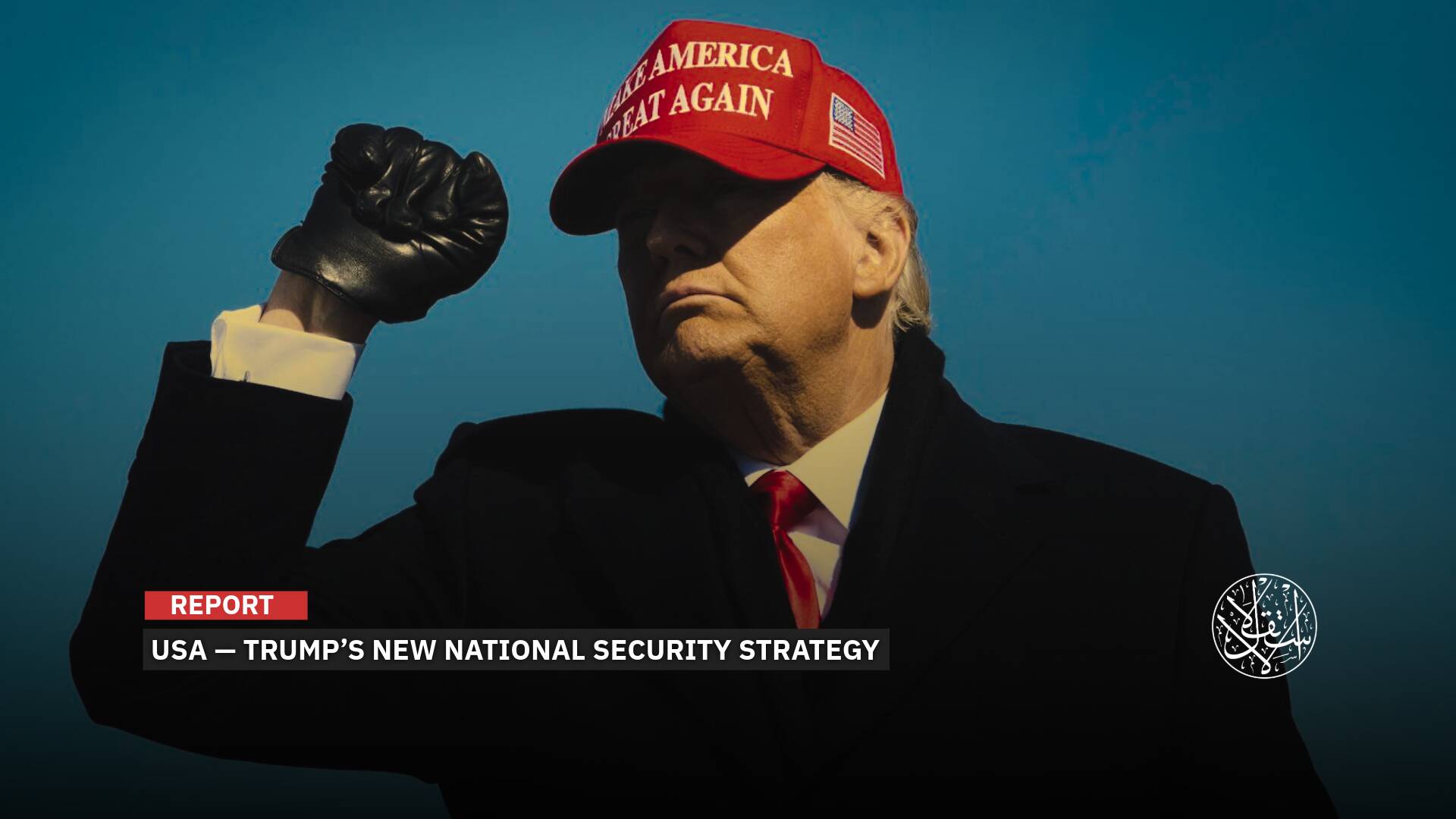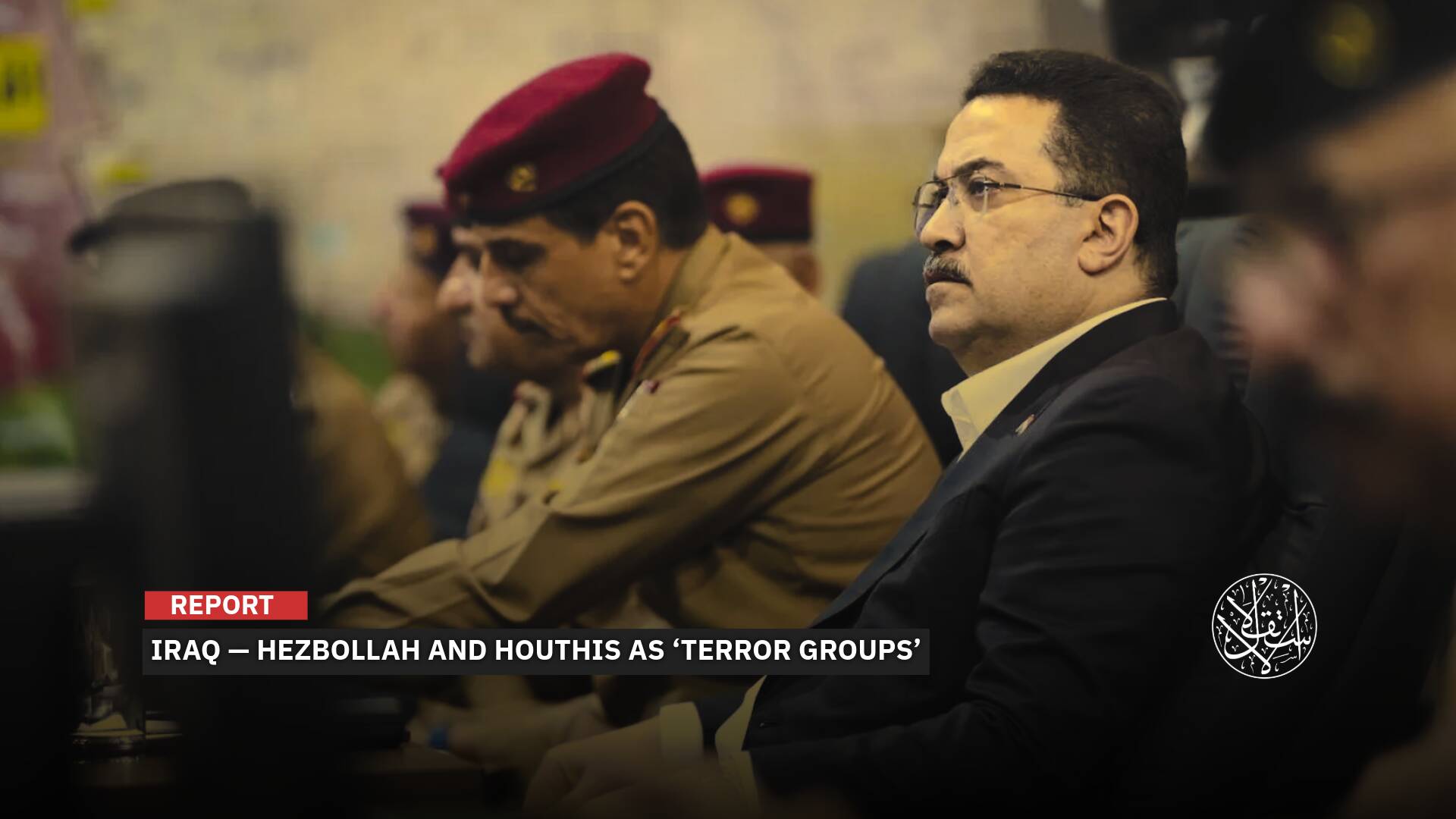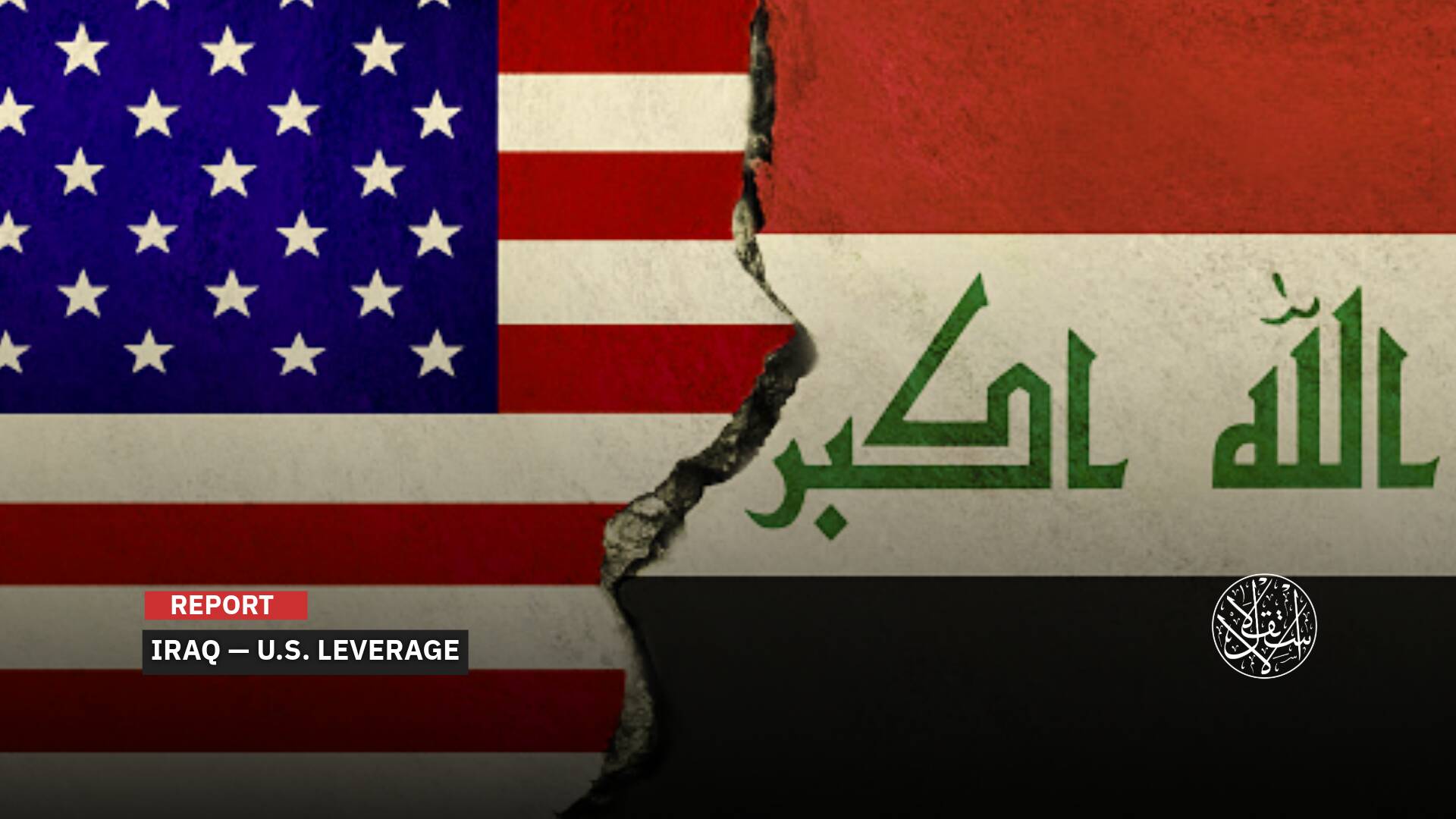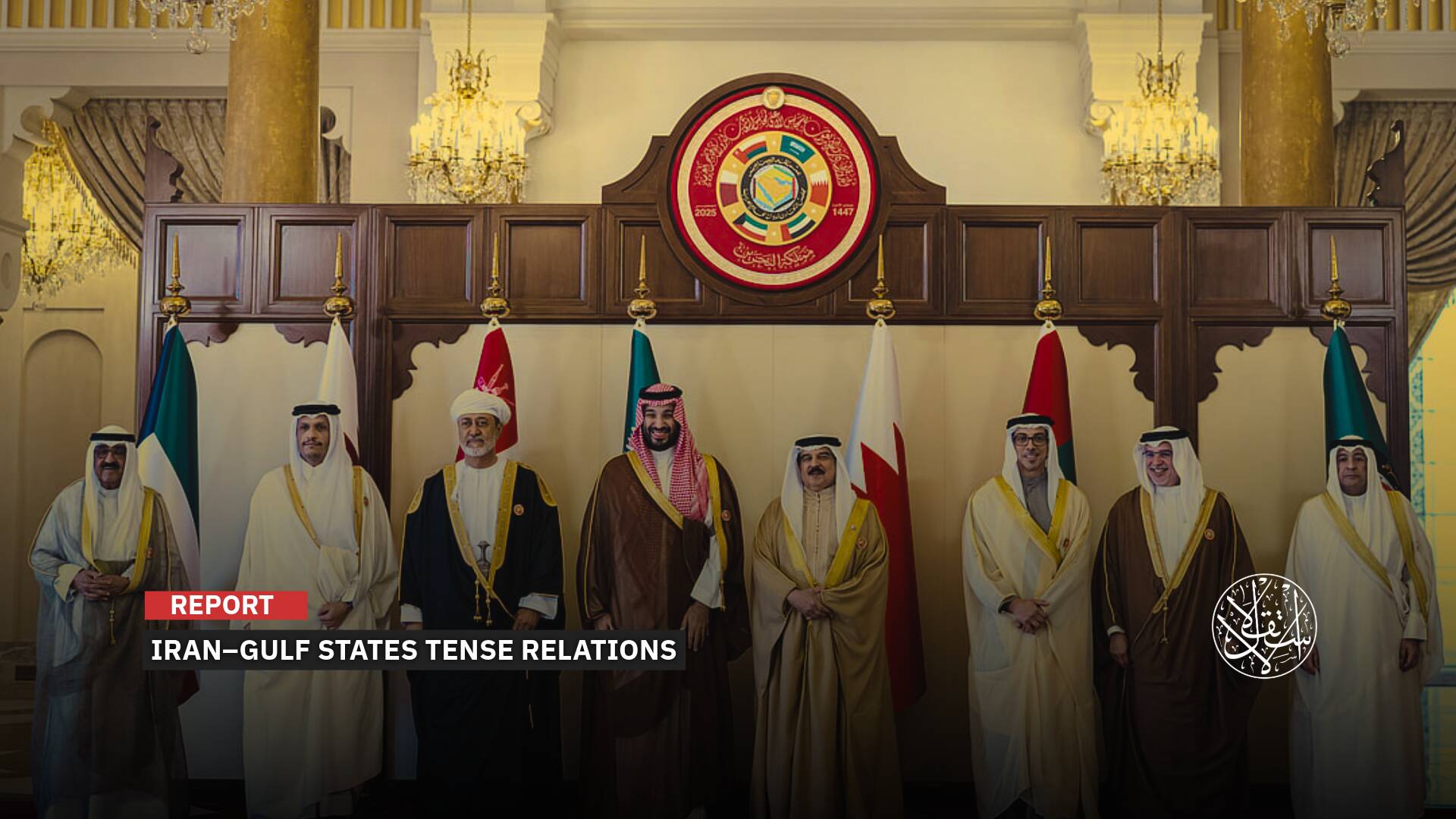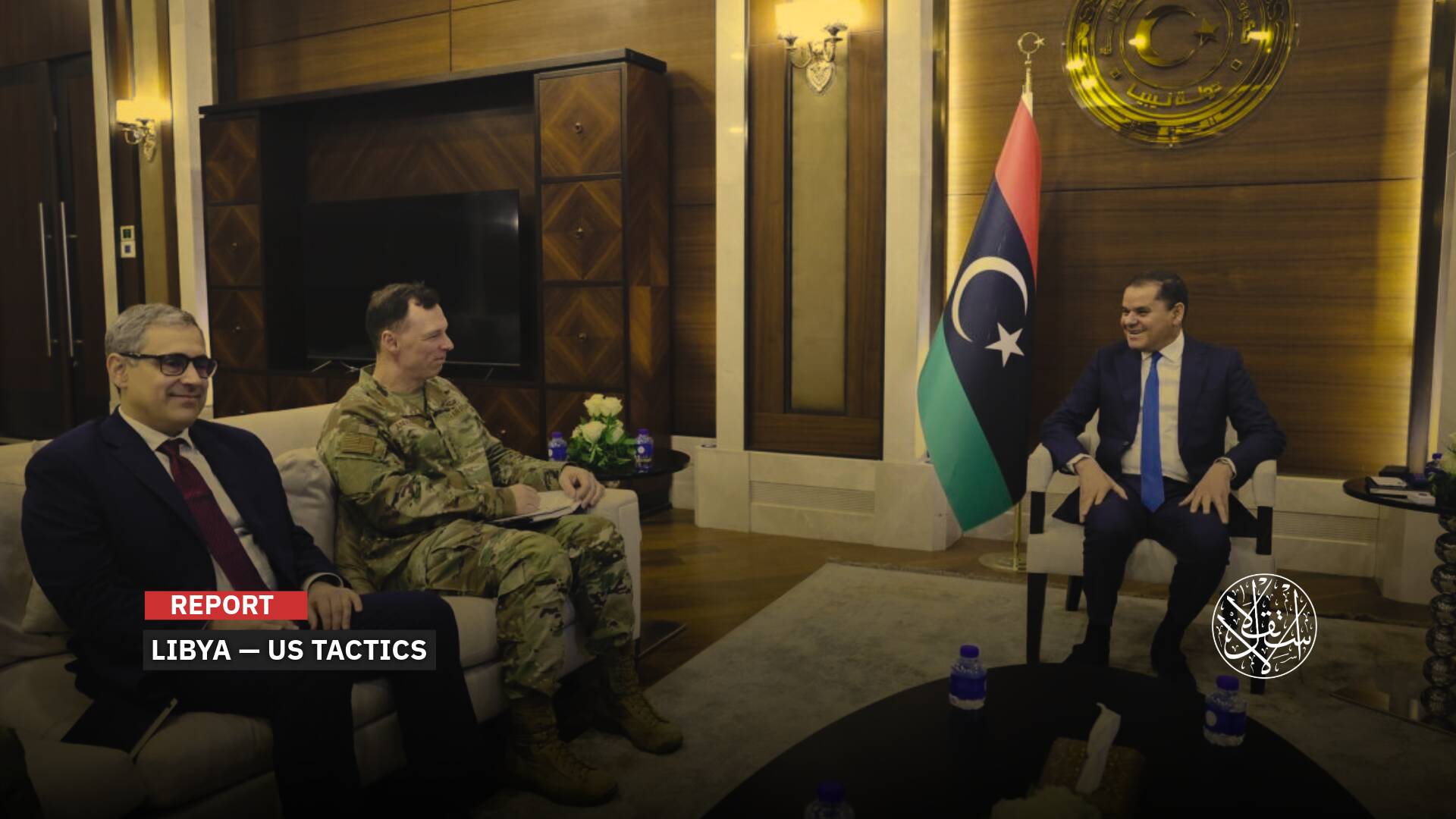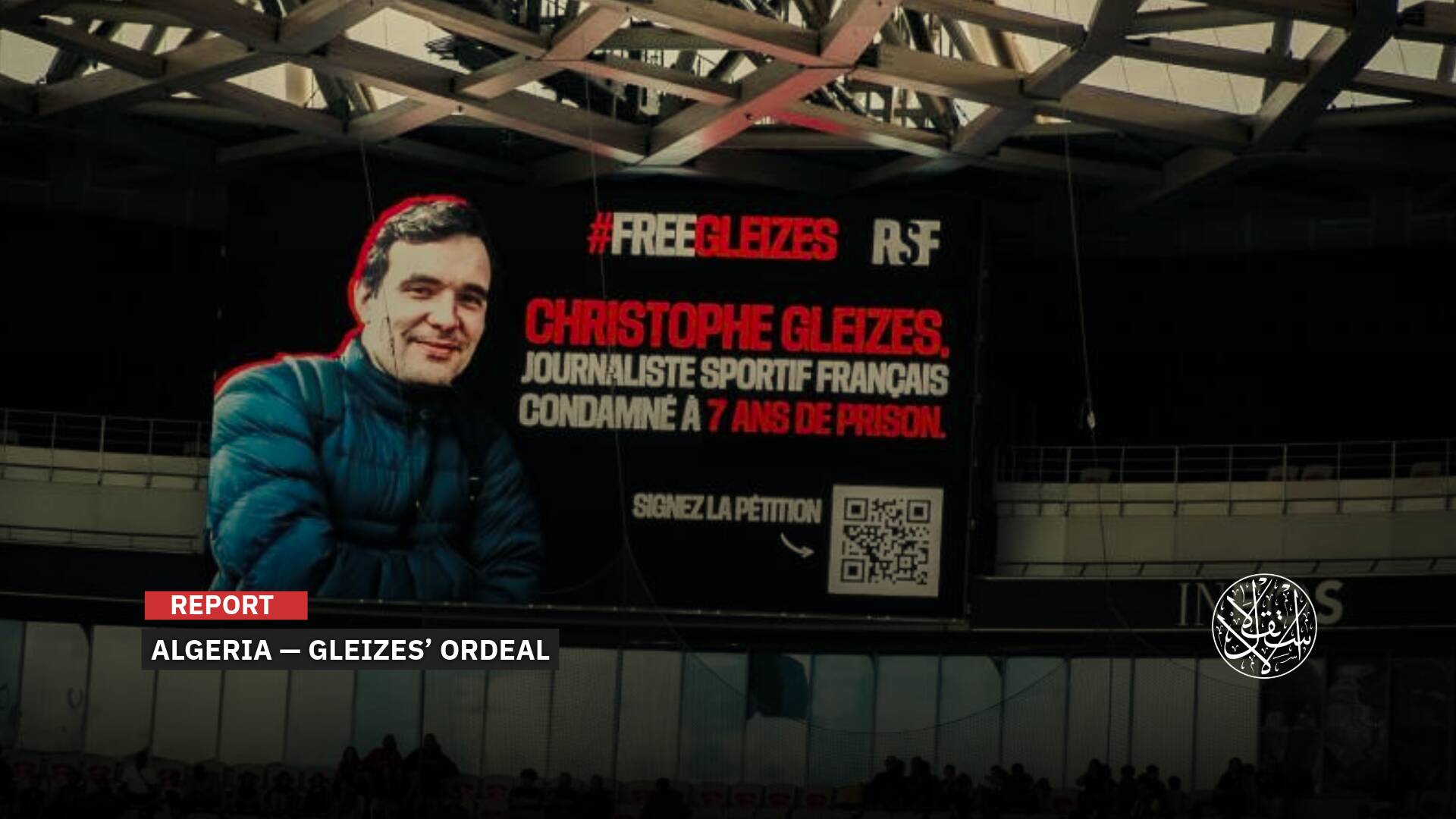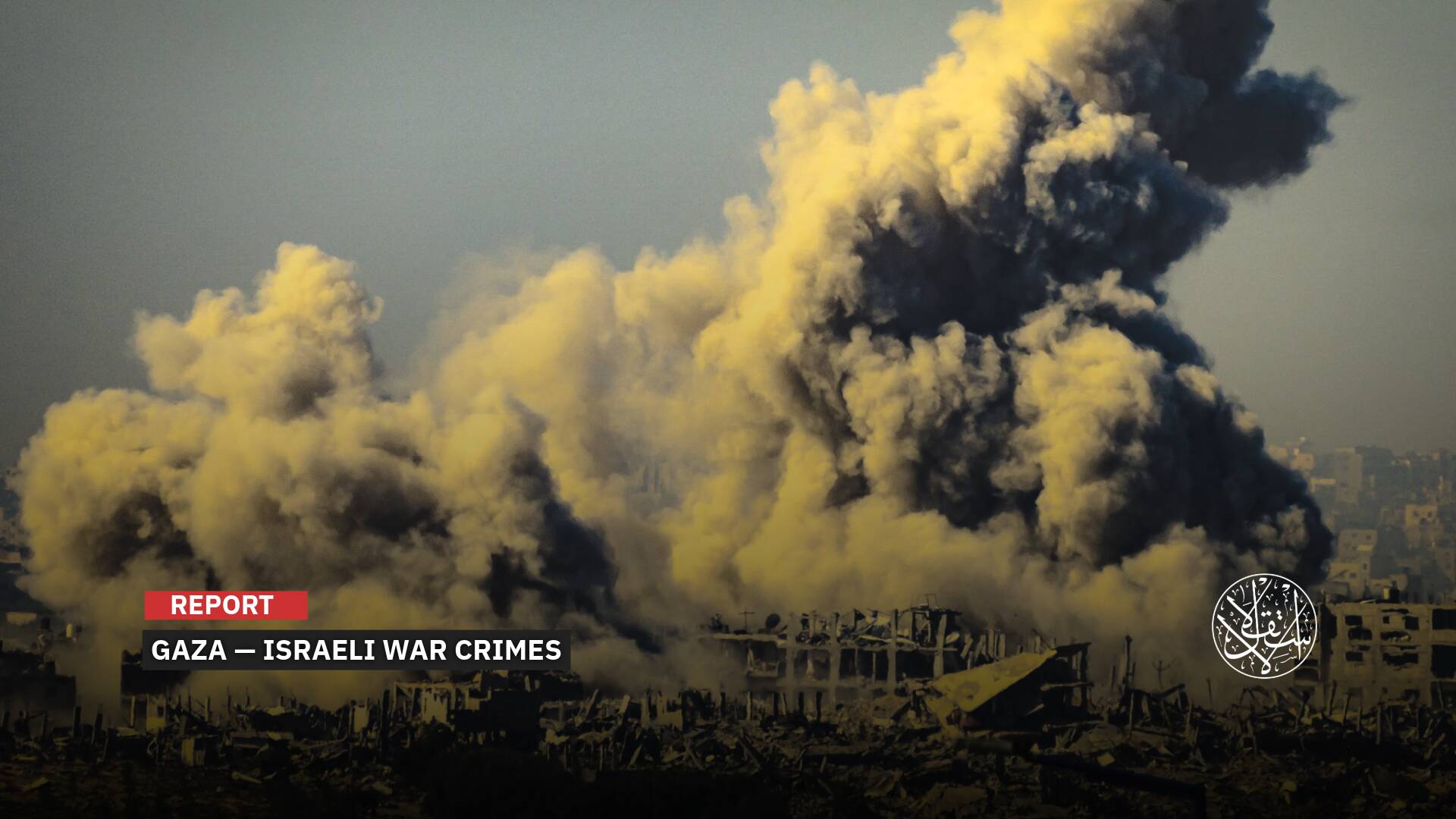Facing U.S.-Backed Israeli Aggression, Is Iran Rushing Toward a Nuclear Weapon for Survival?

“Tehran has long maintained that its nuclear program was peaceful, but the latest figures from the International Atomic Energy Agency (IAEA) tell a different story.”
At precisely 3 a.m. on June 19, 2025, air raid sirens pierced the silence over Isfahan. Seconds later, white flashes lit up the sky, then erupted above the city’s nuclear complex, home to thousands of spinning IR-6 centrifuges.
By dawn, the dust had barely settled when satellite images revealed gaping black holes in the roof of the enrichment facility and severed power lines — damage that would severely hamper engineers’ efforts to bring operations swiftly back online.
It was the latest strike by the Israeli military in a relentless campaign that has raged since June 13, when “Tel Aviv” brought its shadow war with Iran into the heart of the country’s nuclear facilities — Natanz, Fordow, Isfahan, and Arak.
The attacks have revived an old question with new urgency: Is Iran now just days away from acquiring a nuclear bomb?

Breakout Time
“Iran has long maintained that its nuclear program was peaceful,” But the latest figures from the International Atomic Energy Agency (IAEA) tell a different story.
According to Al Jazeera, “The IAEA said that as of May 17, Iran had amassed 408.6kg (900.8 pounds) of uranium enriched up to 60 percent – the only non-nuclear weapon state to do so, according to the UN agency.”
That level serves no known civilian purpose. “In December last year, the IAEA said Iran was rapidly enriching uranium to 60 percent purity, moving closer to the 90 percent threshold needed for weapons-grade material,” Al-Jazeera reported.
And the sheer volume of the stockpile alone, according to the IAEA, contains enough fissile material to produce at least ten nuclear bombs — if enriched to weapons-grade levels.
That threshold is not far off. Just two days after the agency’s report, the Institute for Science and International Security released a detailed analysis estimating Iran’s “breakout time” — the period needed to convert its current uranium stock into weapons fuel — at just two to three days at the Fordow facility alone.
If both Fordow and Natanz were brought online simultaneously, Iran could produce enough material for eleven warheads within a month.
While it’s true that turning fissile material into a warhead that can be mounted on a missile could take several months, in the logic of nuclear strategy, those months are vanishingly short.
In a striking development that drew widespread reactions, the International Atomic Energy Agency, expressed concern over recent remarks by former Iranian officials regarding Tehran’s potential nuclear capabilities.
In its statement, the agency singled out a televised interview with the former head of Iran’s Atomic Energy Organization, Ali Akbar Salehi, who remarked that building a nuclear weapon is very much like assembling a car.
He went on to say that Iran knows how to make all the parts, but hasn’t put them together yet.
Though the comments were carefully worded, they fueled speculation over whether Tehran has effectively reached the “nuclear threshold” — possessing all the technical know-how to build a bomb, while stopping short of making the political decision to do so.
The IAEA also pointed to the loss of full monitoring access since Iran suspended key provisions of the 2015 nuclear deal — a move that has left international inspectors without accurate data on the number of centrifuges currently in operation.
They are similarly in the dark about storage sites, enrichment levels across facilities, and the status of the snap inspection mechanism, which has effectively been disabled.
The resulting opacity has fueled growing speculation over the possible existence of undisclosed enrichment sites.
While the agency maintains that it has seen no definitive field evidence of such facilities, the absence of transparency continues to raise alarm.
A day earlier, on June 18, a televised interview added further fuel to the fire.
Speaking to CNN’s Christiane Amanpour, Iranian Deputy Foreign Minister Majid Takht-Ravanchi was asked whether Iran would pursue a nuclear weapon if attacked.
Rather than issuing a clear denial, Ravanchi deflected, saying, “The one who possesses nuclear weapons in the Middle East is Israel,” adding that “the most advanced nuclear arsenal belongs to the Americans.”

Iranian Ambition
Iran’s nuclear program dates back to the 1950s, when Tehran was a close ally of the United States under Shah Mohammad Reza Pahlavi.
At the time, Washington supported Iran’s nuclear ambitions as part of its “Atoms for Peace” initiative, helping the country develop a civilian research reactor with Western technology — a move that attracted little international suspicion.
The landscape shifted dramatically after the 1979 Iranian revolution, when power passed to an ideologically anti-Western leadership.
This change sparked growing fears that the nuclear program might be repurposed for military aims, especially given Tehran’s increasingly secretive approach to managing its nuclear activities.
Suspicions reached a peak in 2002 when intelligence reports revealed a covert uranium enrichment facility in Natanz, triggering a diplomatic storm that led the UN Security Council to impose a series of escalating sanctions on Iran.
Under mounting pressure, Tehran entered prolonged negotiations with Western powers, culminating in the 2015 signing of the Joint Comprehensive Plan of Action (JCPOA).
The landmark deal capped uranium enrichment at 3.67% and subjected Iran’s nuclear sites to rigorous inspection by the International Atomic Energy Agency, in exchange for the gradual easing of economic sanctions.
The agreement, however, did not last. In 2018, during his first term, President Donald Trump withdrew the United States from the deal, dismissing it as temporary and insufficient, criticizing its failure to address Iran’s missile program and regional interventions.
Washington then reimposed harsh sanctions on Tehran, prompting Iran to gradually backtrack on its commitments and resume uranium enrichment beyond the deal’s permitted limits.
Despite later efforts to revive the agreement, particularly under President Joe Biden’s administration, the recent Israeli military escalation and the cancellation of a planned round of talks in Oman have pushed the situation back to a point of no return.

Program Map
Iran’s nuclear program is spread across a number of facilities, each playing a different role within the nuclear fuel cycle.
These range from raw uranium extraction to enrichment and fuel production, with some sites dedicated to research or electricity generation.
One of the most prominent sites is Natanz, located south of Tehran. Established in 2007, it serves as Iran’s main uranium enrichment facility.
Natanz comprises two primary complexes, including an underground site designed to withstand significant technical and environmental pressures.
Natanz houses thousands of centrifuges, with its enriched uranium primarily intended for civilian purposes such as powering nuclear reactors.
Nevertheless, the facility has been under strict surveillance by the International Atomic Energy Agency and has experienced a number of technical malfunctions and reported sabotage attempts over the years.
Deep in the mountainous region south of Tehran lies the Fordow facility, officially disclosed in 2009, notable for its underground construction.
Under the 2015 agreement, its activities were limited to scientific research, but Iran resumed high-level enrichment there following the U.S. withdrawal from the nuclear deal.
Meanwhile, the Isfahan complex serves as a key site in the nuclear fuel production chain, where raw uranium is chemically processed into various forms — either for reactor use or as preparation for enrichment.
The uranium produced here is then sent to facilities like Natanz and Fordow for further processing.
Nuclear Infrastructure
The Bushehr plant holds particular significance as Iran’s first nuclear power station, built with Russian assistance and fully operational since 2013.
Situated on the shores of the Persian Gulf, it generates 700 megawatts of electricity.
Also part of the nuclear infrastructure is the Khondab reactor, formerly known as the Arak reactor, which serves as a heavy water production facility.
The reactor was modified under the nuclear deal to produce smaller amounts of plutonium, and its upgraded version is expected to be back online by 2026.
Iran’s nuclear infrastructure also includes sites for raw material extraction and production, such as the Gachine and Saghand mines, where yellowcake uranium is produced as an intermediate material, alongside chemical processing plants and research facilities.
While some reports suggest the existence of military-linked sites like Parchin, the International Atomic Energy Agency’s inspections have been limited to certain areas, with no definitive findings released.
Dialogue between the agency and Tehran continues over the scope of inspections and monitoring.
Taken together, these facilities reflect significant technological advancements in Iran’s nuclear fuel cycle.
While Tehran insists its program aims at energy independence and scientific research, international monitoring continues to ensure compliance with the agreed safeguards under the nuclear non-proliferation treaty, amid ongoing debate over the country’s nuclear weapons ambitions.


